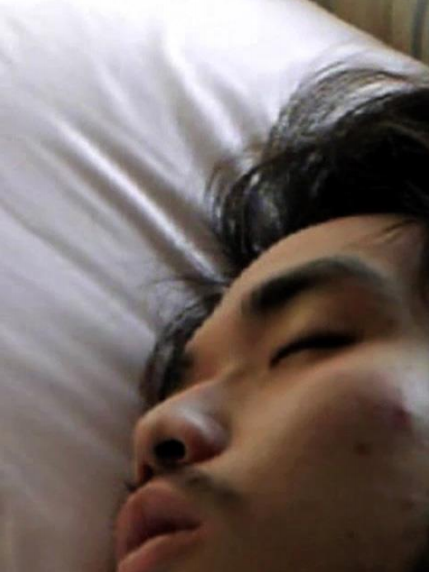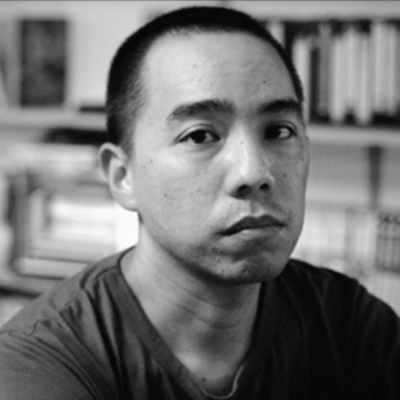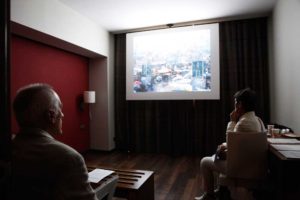
— Log in to watch the artist video if you have been given an access
- Artist
- Apichatpong Weerasethakul
- Title
- Teem
- Year
- 2007
- Duration
- 27 min 31 s
- Format & Technical
Three screen installation, various lenghts, looped, colour video shot on mobile phone transferred to file, no sound
10 + 1 AP
- Produced by
- Postproduction
- Photography
- Cast
- Commissioned by and first presented
“This small town can bore you to death. At least, there are the sleeping soldiers to make things more exciting”, says Jenjira, the protagonist of Cemetery of Splendor, 2015, the last film written and directed by Apichatpong Weerasethakul. That may accentuate the political aspect of sleeping as a form of resistance, associated with biopolitics, “expressed as a control that extends throughout the depths of the consciousnesses and bodies of the population”[1].
During the 19th century, the bond between a sleeping and an awakening state started being assembled in a way that asleep was understood as retrogression to a more primitive condition. However, sleep nowadays is “political through and through”[2]. That is the cases of the three-channel video installation Teem. In it, the filmmaker shows Teem (Chaisiri Jiwarangsan), his partner, trying to sleep, on three mornings in a row. Apichatpong, while disrupting his partner’s mission to hibernate, shows that this is one of the rare moments when we abdicate our bodies to the care of others while conserving ourselves.
Most of the time the divine or supernatural is presented through the ordinary on Weerasethakul’s work. For example, on Cemetery of Splendor through the appearance of the goddesses from Laos, before Jenjira, with the shape of a regular human being. The wonder is presented through their story: “The spirits of the dead kings are using these men’s spirits for their battles”. It seems like Apichatpong is trying to tell us that we need to look closer to reality, to Teem sleeping carefully, since it can unveil amazing potentialities. In a similar tone, Ben Abel says: “When they sleep, people’s spirits leave the body, and bring back messages, sometimes in dreams”[3].
For his multi-part project Primitive, 2009, which deals with the history of Nabua, there is also a reference to a sleepy village, but in this case as a place full of repressed memories. Here, as well as in Teem, sleep is a metaphor on which power performs as a sort of meditative state that can’t be controlled or instrumentalized.
Tiago de Abreu Pinto
[1] Hardt, M. & Negri, A., Empire. Cambridge. Harvard University Press, 2000.
[2] [2] Williams, Simon J., The Politics of Sleep: Governing (Un)consciousness in the Late Modern Age, New York. Palgrave Macmillan, 2011.
[3] [3] Anderson, Benedict, Apichatpong Weerasethakul, Viena. SYNEMA, 2009.
Stills





